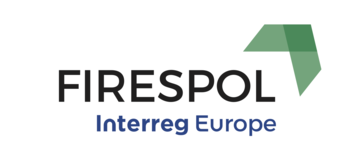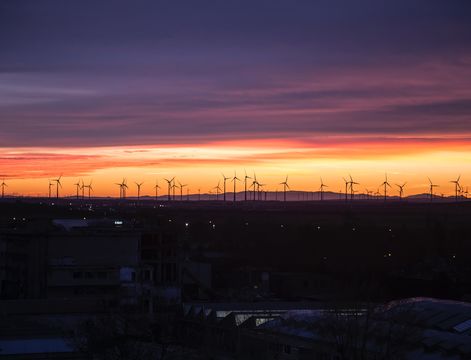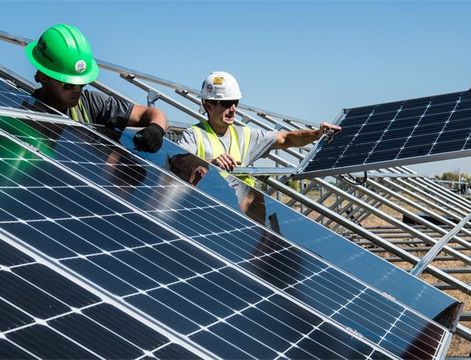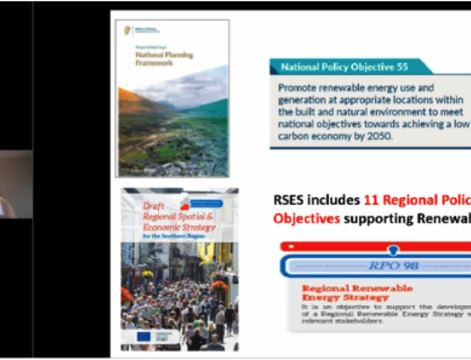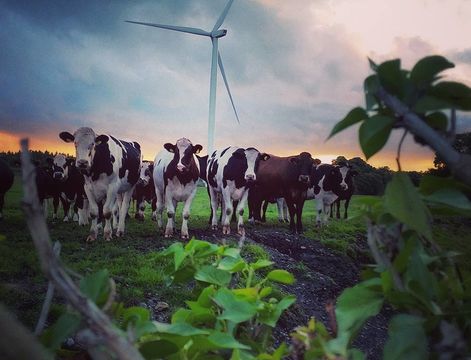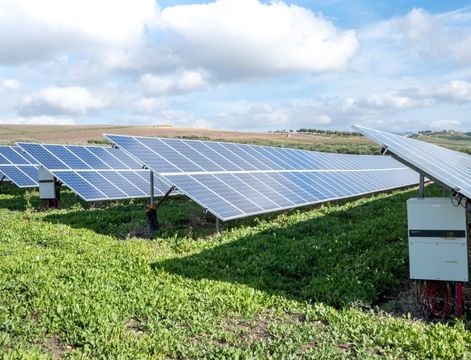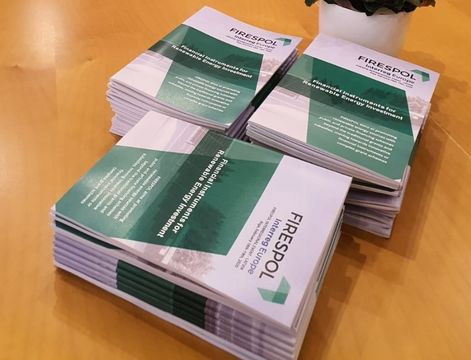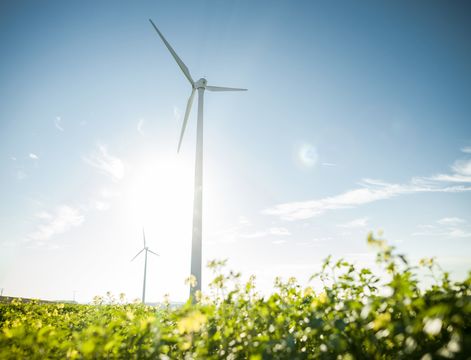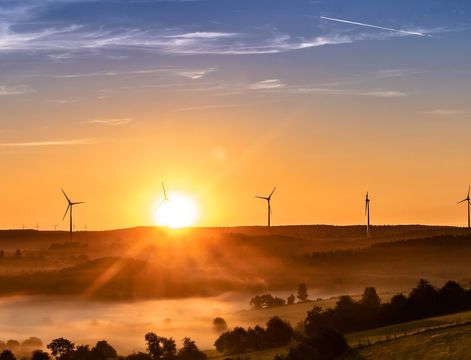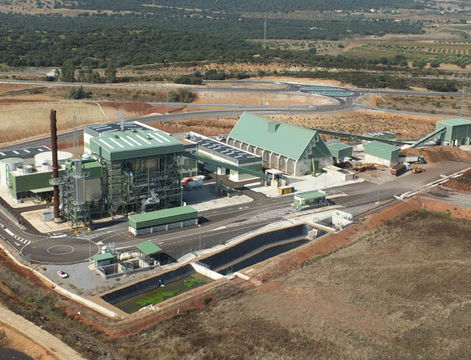Assessment of investments made in energy efficiency and renewable energy projects in Latvia in 2018 (the last full year for which the latest data are available) has been carried out by the Riga Technical University and its partners in Germany and Czechia.
The objective of the report (1) is to identify the scale of the investments made in climate and energy projects, as well as to understand the total amount of investment, the existing sources of funding and the financial instruments used to implement existing projects. The report focuses on three sectors that are important in terms of energy consumption and emissions:
- Buildings
- Energy
- Industry
As a result, a Climate and Energy Investment map for Latvia in 2018 was developed. Analyses showed that in 2018 at least EUR 190 million were invested in energy efficiency measures in buildings, mainly supporting the comprehensive renovation of buildings, while EUR 41 million were invested in the renewable energy sources (RES) sector, supporting bioenergy projects.
Although European Union funds play a significant role in total investments available in form of grants, due to activities of Development Finance Institution ALTUM and the Latvian Baltic Energy Efficiency Facility (LABEEF), the first financial instruments have been established to finance energy efficiency and RES projects and facilitate the attraction of private investments.
The report aims to contribute to the debate about the necessity of additional investments in energy and climate projects in order to reach the European Union’s climate policy targets, incl. the measures defined in the National Energy and Climate Plan of Latvia.
Author: Kaspars Raubiškis . Senior Expert. Ministry of Environmental Protection and Regional Development of Latvia (MoEPRD)
